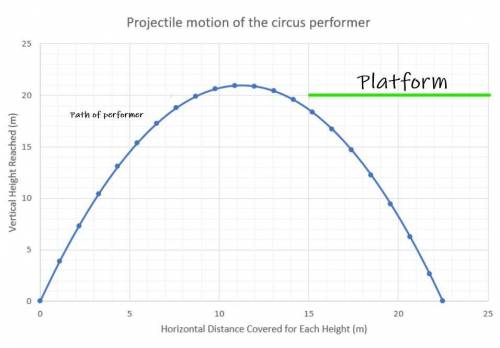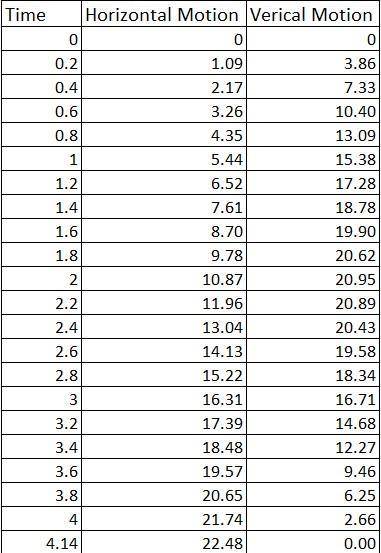
Physics, 24.09.2020 01:01 jholland03
a circus performer launches himself from a springboard with an initial velocity of 21 m/s at an angle of 75 toward a platform hanging 20 m above the ground, a horizontal distance of 15 m away from the springboard. does he land on the platform or fall back down to the ground?

Answers: 2


Other questions on the subject: Physics

Physics, 22.06.2019 13:00, caleb1009
At a certain instant after jumping from the airplane a, a skydiver b is in the position shown and has reached a terminal (constant) speed vb = 52 m/s. the airplane has the same constant speed va = 52 m/s, and after a period of level flight is just beginning to follow the circular path shown of radius ρa = 2330 m. (a) determine the velocity and acceleration of the airplane relative to the skydiver. (b) determine the time rate of change of the speed vr of the airplane and the radius of curvature ρr of its path, both as observed by the nonrotating skydiver.
Answers: 3


Physics, 22.06.2019 15:50, ksiandua07
An object with initial temperature 130 ∘ f is submerged in large tank of water whose temperature is 50 ∘ f . find a formula for f ( t ) , the temperature of the object after t minutes, if the cooling constant is k = − 0.2 . remember newton's law of cooling (the rate of change of temperature with respect to time is equal to k times the difference between the temperature of the object and the surrounding temperature) ! : )
Answers: 1
You know the right answer?
a circus performer launches himself from a springboard with an initial velocity of 21 m/s at an angl...
Questions in other subjects:

Mathematics, 01.08.2019 10:00



French, 01.08.2019 10:00










